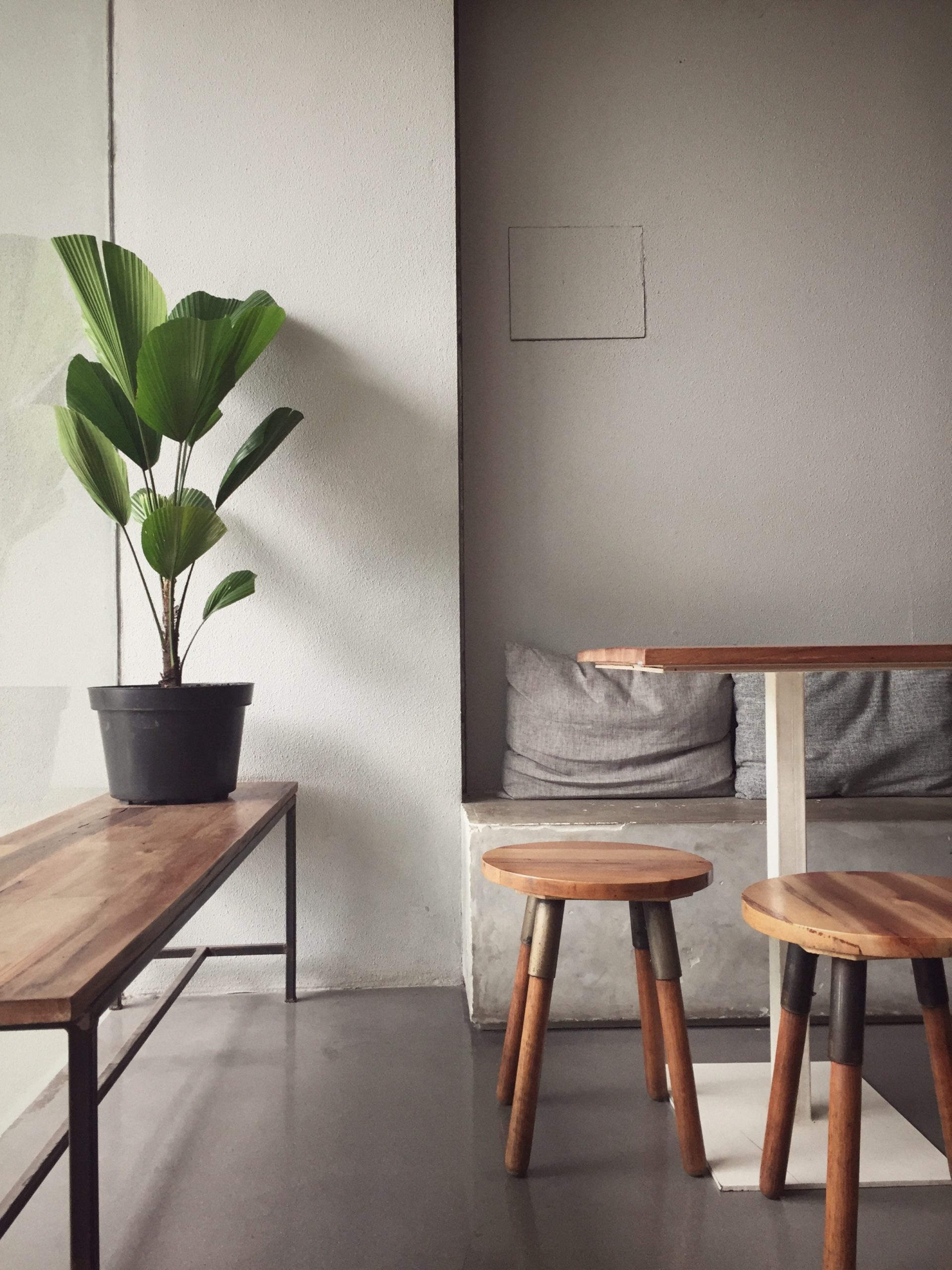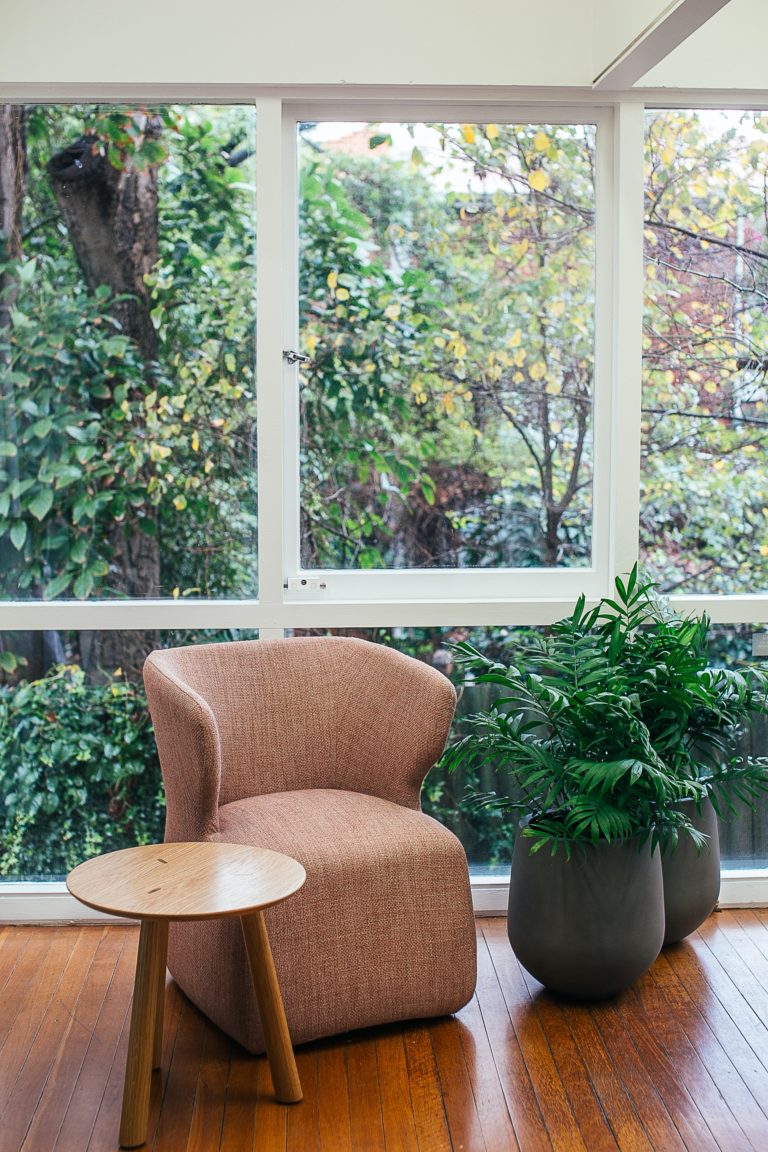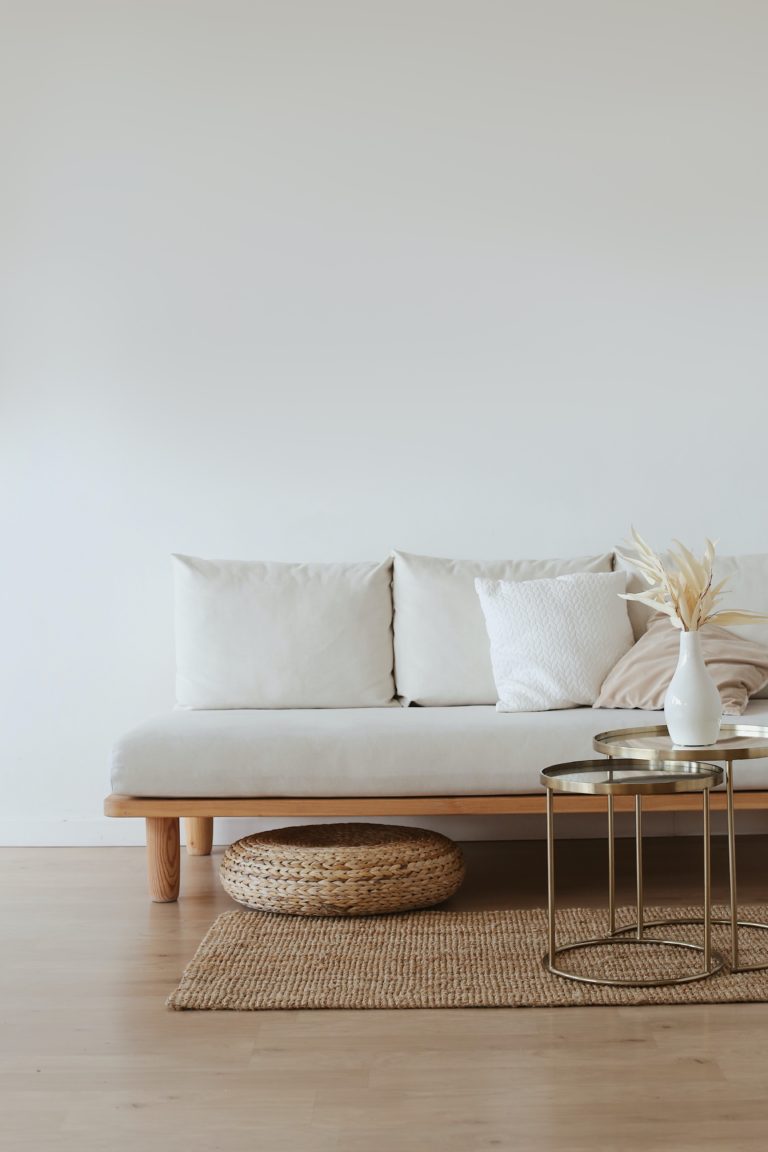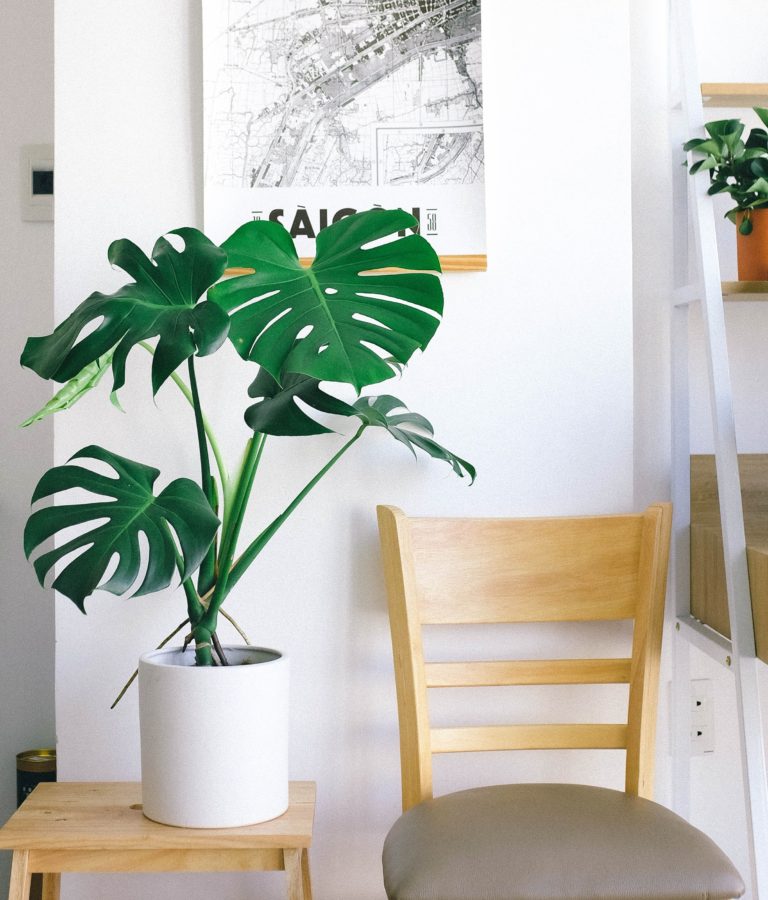How to Incorporate Natural Materials: Wood and Stone in Your Home Design
Incorporating natural materials like wood and stone in our homes is the easiest way to create a warm, inviting atmosphere because we get to feel connected with the beauty of the outdoors in the safe environment of our homes. These timeless elements not only add visual interest and texture to your living spaces but also display their unique character and history.
There are numerous ways to blend these organic materials into your home’s interior design, from accent pieces and furniture to bold architectural features. As you explore creative ideas for using wood and stone, it’s essential to consider your personal style and how well these elements will complement your existing décor.
Exploring Natural Materials
Natural materials will always add a touch of elegance to your home, but it also helps us create a sustainable and biophilic environment in your living spaces. Think about how warehouses look, they are often a metal or hard plastic environment which makes it feel unnatural and gives a cold and uninviting feeling. By adding
Benefits of Using Natural Materials
Environmental Impact
Utilizing natural materials such as wood and stone in your home design not only has aesthetic benefits, but also positive environmental impacts. Natural materials are sustainable, biodegradable, and often have a smaller carbon footprint during their production compared to synthetic materials like plastics. Choosing eco-friendly materials can contribute to a healthier environment for both the planet and its inhabitants.
Aesthetic Appeal
Incorporating natural materials into your home’s interior design can enhance its beauty and create a rich, textured look that is more engaging than artificial materials like laminate or synthetic fabrics. Elements like wood, clay, cork, rattan, and wool provide a natural feel and aesthetic to your space, making it more inviting and warm. The use of natural stones, such as travertine, marble, granite, limestone, and slate, also provides a unique and elegant touch to countertops, flooring, fireplaces, and more.
Durability
If you are thinking of wood for the structure of your house, in terms of expenses it would be cheaper than concrete, however, they do not last as long. Stone, on the other hand, lasts longer than both wood and concrete because it is less penetrable by water. It boils down to what you want to invest in, for example, you could use stone for the structure of your house, in the walls, and perhaps wood flooring or furniture to add more natural textures.
Wood can also be a very resilient and long-lasting material when properly treated and maintained. Stone materials, such as granite and marble are also resistant to wear and tear which is perfect for high-traffic areas and for outdoor furniture or flooring because they would be more exposed to the weather. By choosing natural materials for your home, you can increase its overall value and reduce the need for frequent maintenance or replacements.
How To Incorporate Wood into Your Home
Wood is a versatile and timeless material that can add warmth and character to your home. There are so many ways you could incorporate wood into your interior design you could easily feel overwhelmed, but the key is to balance architectural elements, from flooring to kitchen counters, wall panels to furniture.
Flooring
Wood flooring is a popular choice for many homeowners because of its durability, practicality, and natural appeal. Hardwood floors are often flaunted in home listings because they provide an excellent foundation for any room, guiding the eye and setting a warm and inviting tone.
Keep in mind that when you choose to have wooden floors, it will be focus point for your home because wood is very eye-catching. When choosing wood floors, consider factors such as wood type, color, plank size, and finish, which will impact the overall look of your space.
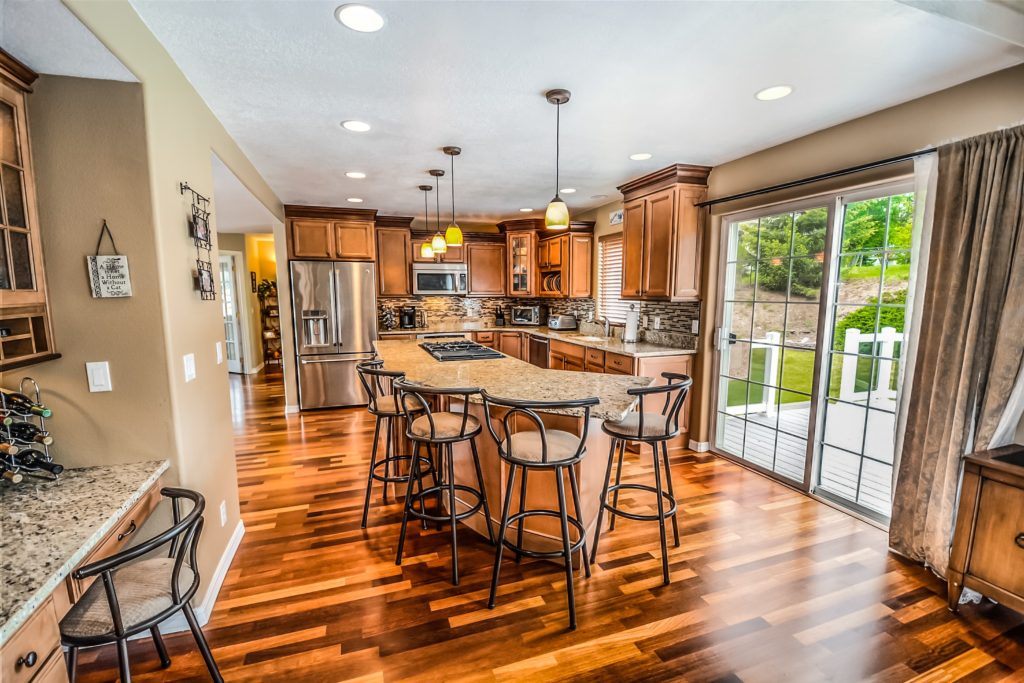
Furniture
Incorporating wooden furniture is another way to bring the beauty of nature into your home. Select tables, chairs, and other pieces made from natural wood, which can lend a more traditional, rustic, or modern feel, depending on the style and finish. As suggested by HuffPost, you can further enhance the natural vibe with wooden accessories like a jewelry tree made from a tree branch or wall sculptures made from driftwood.
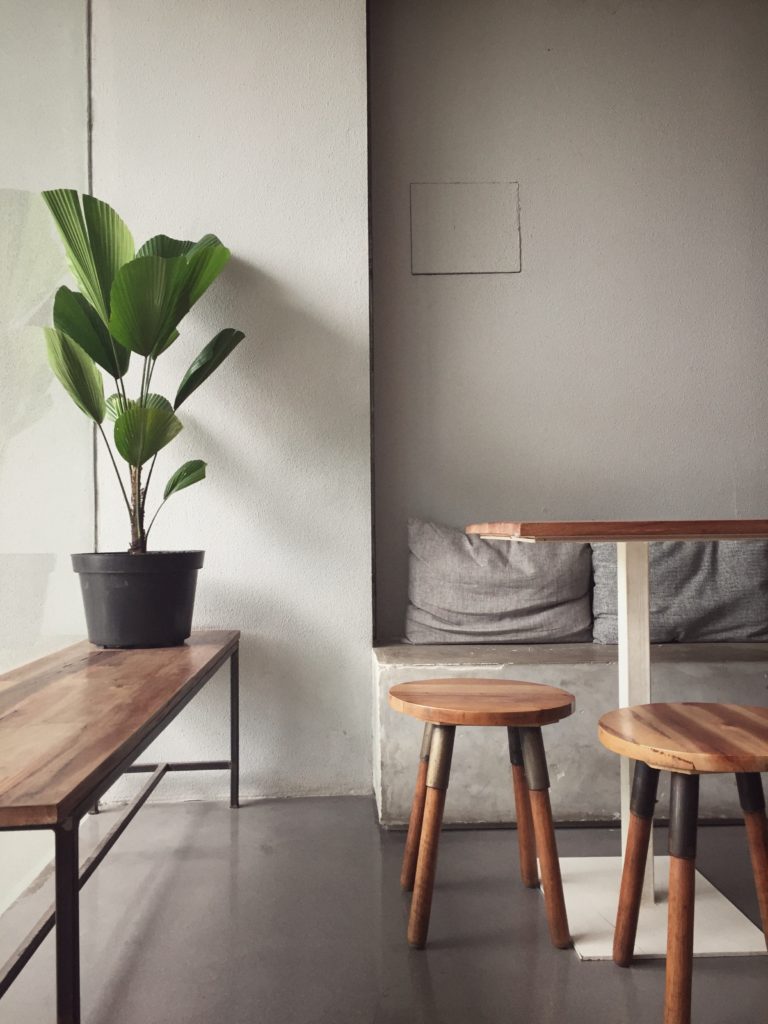
Wall Panels
Adding wooden wall panels to your interior design can create texture, depth, and character. Different types of wood, finishes, and installation patterns offer a range of possibilities to suit your style preferences. If you prefer a rustic look, try reclaimed wood panels while more refined spaces may benefit from polished wood paneling. Wall panels also work well for accent walls that highlight a focal point, such as a fireplace.
Architectural Elements
Wooden architectural elements, such as beams, mantels, and columns, can add a striking visual interest to your home. According to Fratantoni Interior Designers, integrating natural wood into your home’s architecture can create more dimension and character. Wood can be used as trim, moulding, or even as a structural component, showcasing its natural beauty and strength.
In conclusion, when it comes to incorporating wood into your home, the possibilities are vast. From floors and furniture to wall panels and architectural elements, wood adds warmth, character, and a touch of nature to any space.
Incorporating Stone into Your Home
Flooring
Natural stone can be an excellent choice for indoor flooring, offering a unique and durable alternative to wood, carpet, or tile. Popular choices include travertine, marble, granite, limestone, and slate. These stones come in a variety of colors and textures, providing a versatile way to customize your home’s appearance.
Countertops
Using natural stone for countertops can add beauty and functionality to your kitchen and bathroom spaces. Common options include granite, marble, and quartz. These materials not only offer a unique visual appeal but also provide a durable and heat-resistant surface, ideal for food preparation and daily use.
Fireplaces
Integrating natural stone into your fireplace design can transform it into a stunning focal point. Granite is an excellent choice for this purpose, as it is naturally heat-resistant and can be used for the fireplace surround, mantle, or hearth. There are all sorts of granite colors and textures available that makes your options are practically limitless so have fun creating a truly unique and eye-catching design!
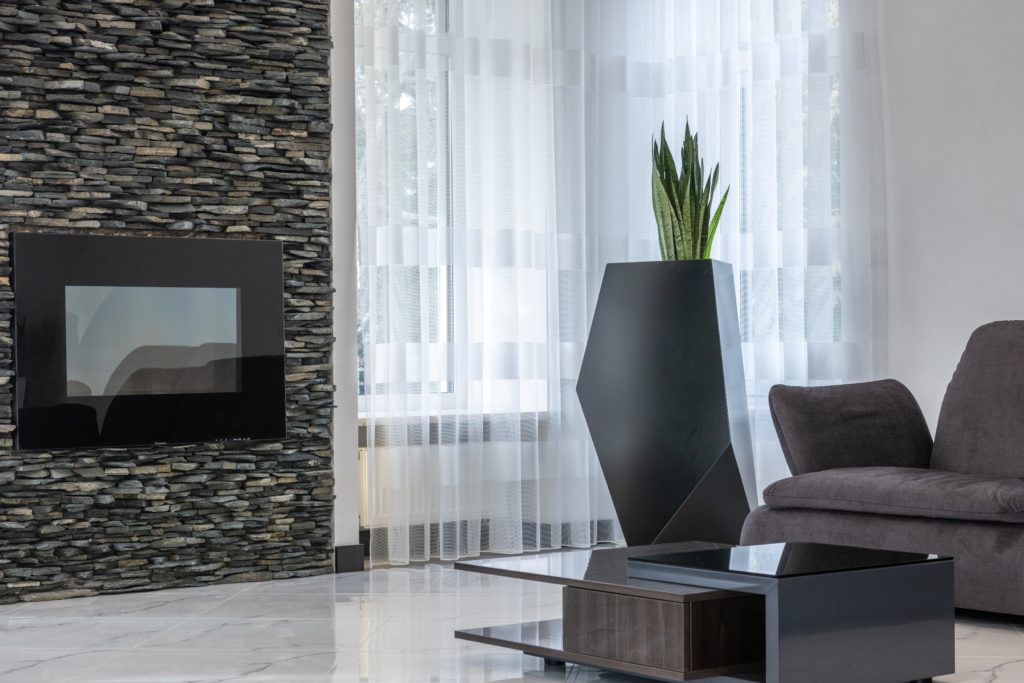
Outdoor Living Spaces
Natural stone can also be effectively used in outdoor living spaces, such as patios, walkways, and exterior siding. It is a durable and weather-resistant choice, offering a natural look that complements your home’s exterior. Incorporating stone into your outdoor spaces can enhance the overall aesthetic, making these areas more inviting and visually appealing.

Considerations When Choosing Natural Materials
Budget
When incorporating natural materials like wood and stone into your home, it’s crucial to consider your budget. Some natural materials, such as certain types of stone (e.g., marble and granite), can be on the pricier side. Typically stone is more expensive than wood, but wood and other eco-friendly materials still provide a beautiful, natural look. It’s essential to weigh your options and choose materials that fit within your budget range while achieving the desired aesthetic.
Maintenance
Another vital factor to consider is the maintenance required for the chosen natural materials. Certain materials, such as raw wood or some types of stone, may need periodic treatment or sealing to maintain their appearance and durability. It is essential to research the specific care requirements for each material and ensure you are prepared to maintain them accordingly.
Style and Design Preferences
When integrating natural materials into your home, it is crucial to consider your style and design preferences. Wood and stone can be used creatively in various ways, allowing you to create a unique and personalized design. For example, you can use wooden furniture or a wooden coffee table to bring out a natural touch5 or opt for a honed finish on your stone surfaces for a soft and subtle look3. Ultimately, the choice of materials and finishes should align with your personal design preferences and the overall aesthetic of your home.
What Professionals To Work With
When incorporating natural materials like wood and stone into your home, if your budget allows, working with experienced professionals can give you an amazing space to live in. This section will cover the roles of interior designers, architects, and contractors in helping you make the best choices for your space and whom you really think you need to hire.
Interior Designers
Interior designers play a crucial role in blending natural materials seamlessly into your home’s design. They can help you select the perfect textures, colors, and finishes that enhance the overall aesthetic of your space while considering functionality and durability. From biophilic interior design elements to practical furniture choices, interior designers can guide you towards incorporating materials like wood, stone, and other organic elements in a way that works best for your lifestyle.
Architects
Architects are responsible for designing the overall structure and layout of your home, taking into account both aesthetic and practical considerations. With their expert knowledge of building materials and construction methods, they can incorporate natural materials into your home’s blueprint and ensure compatibility with other design elements, such as windows, doors, and supporting structures. Additionally, architects can help you choose sustainable options that are both eco-friendly and long-lasting.
Contractors
Contractors are crucial in executing the plans created by architects and interior designers. They have the skills and experience to install natural materials like wood and stone, ensure proper ventilation, and maintain structural integrity. They can also advise on the best methods for care and maintenance, prolonging the lifespan of these materials in your home.
When selecting a contractor, it’s essential to choose one with experience working with the specific natural materials you’ve chosen. This will ensure a proper installation, helping you avoid any potential issues in the future.
Types of Wood You Could Use
Wood is a versatile natural material that can be used in various aspects of interior design. Considering the various types of wood for your home not only depends on aesthetics but also factors like durability, workability, and availability. Some commonly used woods in interior design include:
- Oak: Known for being highly resistant to wear, Oak is a fantastic material to use if you want long-lasting furniture and flooring because of how strong and durable it is. Especially for high-traffic areas oak would last you a long time.
- Maple: A dense and sturdy wood, maple is mainly used for flooring, cabinetry, and furniture due to its light, neutral color and smooth finish.
- Walnut: Rich in color and with a straight grain, walnut is used for creating statement pieces like countertops and furniture.
- Cherry: Recognized for its warm reddish hue and rich darkening over time, cherry wood is an elegant choice for cabinetry and furniture.
- Pine: Lightweight and easy to work with, pine is often used for rustic or farmhouse-style design elements like furniture and paneling.
Types of Stone You Could Use
Stone is another organic and long-lasting material that can add a natural feel to your home. Various types of stone are available, each with its unique structure, color, and application. Here are some popular types of stone:
- Granite: Known for its extreme durability and a wide range of colors and patterns, granite is frequently used for countertops and flooring.
- Marble: Elegant and luxurious, marble comes in various colors and veining patterns, typically used for countertops, flooring, and decorative elements.
- Slate: With its unique, smooth texture and earthy tones, slate is often used for flooring, roofing, and landscaping features.
- Limestone: Featuring a subtle, natural appearance, limestone is an excellent choice for flooring, countertops, and fireplace surrounds.
- Travertine: A type of limestone, travertine has a porous and uneven surface, making it ideal for flooring, backsplashes, and bathroom walls.
Choosing natural materials like wood and stone allows homeowners to create inviting, environmentally-friendly spaces while showcasing their personal styles and taste.
Conclusion
Incorporating natural materials like wood and stone into your home design can bring numerous benefits. These materials create a warm and inviting atmosphere, connecting residents to the natural world. Homeowners can responsibly integrate these elements by choosing sustainable materials and focusing on quality.
There is a wealth of options for introducing wood and stone into modern design, ranging from architectural features to decorative accents. Some popular choices include wooden furniture, stone fireplaces, and wooden or stone floorings. Even textiles made from natural fibers like linen, wool, silk, and cotton can enhance the organic feel of a living space.
Biophilic design principles advocate for the inclusion of natural elements for their potential positive impact on mental wellbeing. Integrating wood, stone, and plants into the home may contribute to reduced stress levels, increased creativity, and improved overall health.
Lastly, when selecting natural elements for your home, consider how they interact with natural light. This factor helps to create a comfortable, cozy atmosphere and can make the space look incredible at all times of the day.
